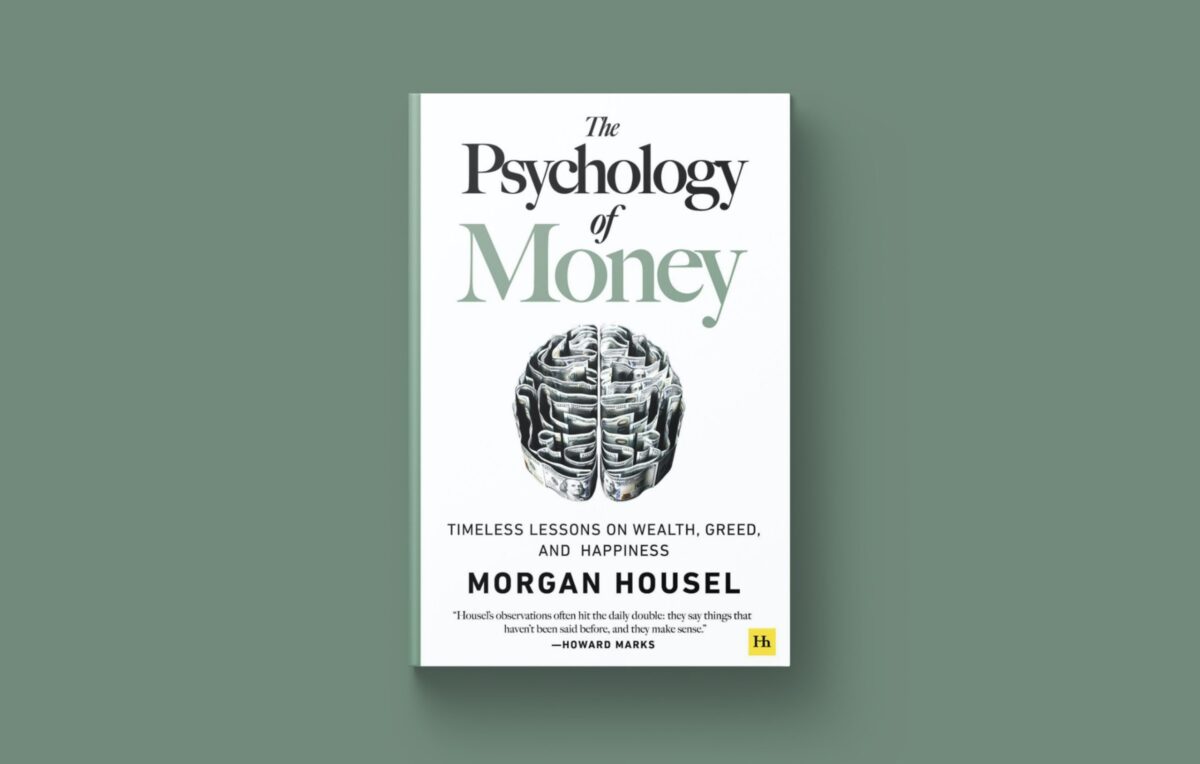

The road to the top position in a company, the Chief Executive Officer, is shifting from a decade ago. The types of skills that today’s CEOs need to cultivate in order to excel include: strong communication skills, the ability to collaborate closely in a team, the ability to operate with genuine empathy, and the ability to build high-performing teams. The skills that will be of foremost importance for today’s CEO are to listen carefully and communicate openly in order to elicit public trust as the face of the company.
We know that as times change, and the marketplace evolves, navigating a successful course requires new leadership skills. So, when it comes to managing your own career, how do you prepare yourself to move into the top position? What abilities should executives focus on developing as they choose companies, functions, and jobs? And, what path should executives follow as they strive to reach the next level?
Those aren’t easy questions. The trends vary by function, geography, and industry – and of course, by company. But, once a leader reaches the C-suite, technical and functional expertise matters less than softer leadership skills and a strong grasp of business fundamentals. In other words, the skills that help you climb to the top, won’t suffice once you get there.
To thrive as a CEO, a leader needs to be an astute student of business, but also an exceptional leader, adept at the “softer” leadership skills. Requirements for today’s CEO have shifted with the value being placed on being a team player, a collaborator, a good communicator, and a strategic thinker. The CEO of today needs to be capable of multitasking continuously, leading in a team-oriented style, successfully coping with stress and pressure, and carefully managing the performance of their team, protecting them from burnout.
Marketing has not typically been a route to the top position in an organization. However, marketing is often the area that is responsible for crafting the company’s brand, communicating their values, creating a sense of identity, and connecting with customers in a tangible, but personalized and authentic way. And, with the ability to track, measure, and report performance in every aspect of sales and marketing now, marketers are now able to show tangible evidence of their ability to accelerate profitability and growth. And, in the new digital-first works, marketers are expected to be tech-savvy and have a deep understanding of, and connection to, the company’s customer base. That’s a powerful combination in today’s complex business environment.
Today, with the increasing importance of digital and social connection to the customer, CEOs that rose to the top through marketing have not just become a possibility, but an imperative in many companies. Here are four reasons that a CEO that rose to the top through a marketing career is now a significant competitive advantage:
- Experience in a position of listening, learning, and engaging – Marketers have developed unique expertise to ensure that all customer touchpoints help the company learn about customer expectations, needs, and preferences to create and communicate a vision and roadmap for meeting their needs – whether it’s products, services or values they can relate to. And, marketers have developed sophisticated practices of ensuring that those customers who have purchased good and services become their advocate and champion, engendering their loyalty.
- Experience with produce innovation that supports sales – Marketers have the ability to provide a pathway for cycles of product innovation that are more and more aligned with customer needs. CMOs are in a perfect position to facilitate this since they sit between sales and product development teams. They also enable sales to execute effectively with key messaging, support materials, lead generation programs, and appointment setting programs that relate to the problems customers are trying to solve.
- Experience with sales enablement and driving revenue through new sales channels – Marketing has now broadened in scope as new consumer channels and touchpoints have emerged, and e-commerce initiatives are now typically falling to marketing. Marketing is now expected to drive revenue through direct and digital channels – often becoming the primary sales channel. The lines between traditional marketing and sales functions are continuing to blur with social technologies, digital interactivity, and mobility becoming integral to consumer and business connections. Because marketing and sales must respond seamlessly to new opportunities, marketing leaders now often serve as the CEO’s single point of contact for revenue generation.
- Experience owning and managing the customer relationship – From start to finish, the customer lifecycle, which is comprised of hundreds of touchpoints across a number of platforms over time, yield a wealth of valuable data. These data-driven insights can, and should, influence overall business strategy, powering strategic business decisions. Marketing leaders also have experience establishing alliances to extend customer lifecycle across all touchpoints, using the data to leverage the resulting insights.
Overall, the ability to promote transparency and manage customer communities and public conversations are increasingly critical, all while leaders manage a workforce that has grown up in the digital age and expects immediate access to information. Technology, and in particular digital channels, will continue to dominate marketing and sales strategy in the future, catering to a customer base that has an ever-increasing desire for speed and easy interaction. The demand for segmentation capabilities will grow as companies address a more diverse population of customers who expect ever-higher levels of service and increasingly tailored and personalized products and solutions.
For all these reasons and a dozen more, marketers are now able to show tangible evidence of their ability to accelerate profitability and growth and compete for the top position in the company. What path should executives follow as they strive to reach the next level? Marketing seems like a really good choice.








